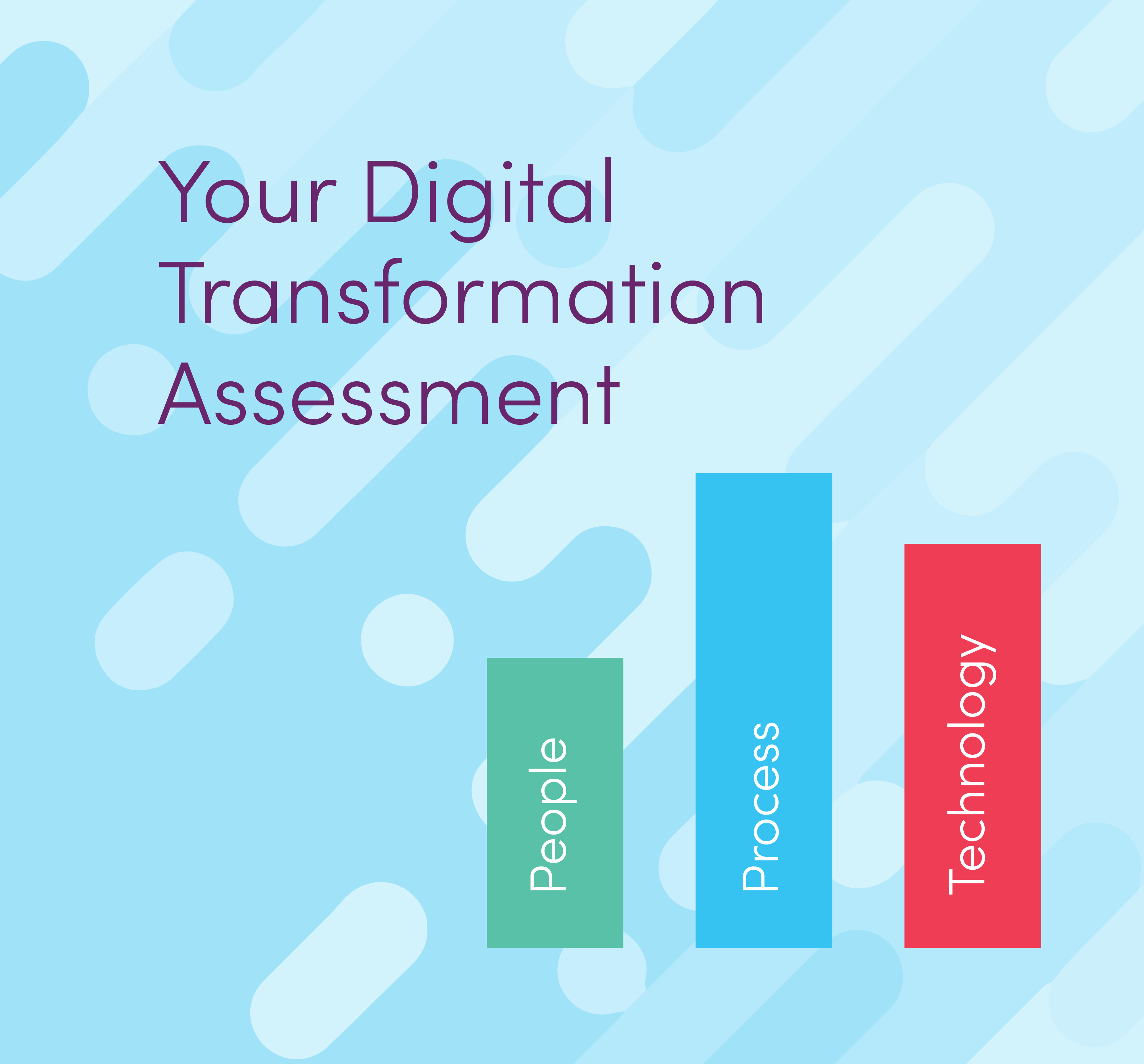“Digital transformation” has become a marketing buzzword. It’s a word we’ve seen in multiple headlines, analyses and OKRs, especially in the aftermath of the pandemic. At Iterable, however, it’s not a buzzword—it’s a necessity. Either you go digital, or you go dark. The challenge is understanding what digital transformation actually means for your brand.
Because digital transformation means something different for every company, we wanted to create an easy way for brands to understand what they need to execute a successful digital transformation. The Digital Transformation Assessment helps brands evaluate where they stand today on their digital transformation journey and what areas to invest in going forward.
We’ll show you how it works.
About the Digital Transformation Assessment
When taking the assessment, you’ll be asked 12 questions. These questions cover areas such as digital culture acceptance, the efficacy of your existing marketing technology and data flexibility.


The three pillars of digital transformation.
Once you submit your answers you’ll be assessed on three pillars:
- People
- Process
- Technology
People are at the heart of digital transformation. While digital transformation in itself implies the adoption of new technologies, your brand needs to have the right organizational structure and people in place to use the technology to its full potential.
Next, is process. To embrace whatever new technologies or business needs are thrown your way, brands need to be flexible. 98% of companies have seen improvements by implementing more agile processes. Instead of being reactive, brands need to be okay with testing and iterating to produce the best results.
Lastly, there’s technology. It’s no surprise that technology is a huge piece in the digital transformation puzzle. According to Gartner, more than two-thirds of corporate directors expect to see increases in technology budgets, specifically to improve the customer experience.
What Your Results Mean
Within the three pillars of the digital transformation assessment, your brand will either be classified as Opportunistic, Optimized or Digitized. For example, you could be opportunistic in people, optimized in process and digitized in technology.
Opportunistic
If this is your result, it’s likely you have a lot of room to grow. This isn’t a bad thing, however. Room for improvement is an opportunity to learn and ensure your people, processes and technology are set up for long-term success. Your organization understands there is a dire need for digital transformation, but hasn’t yet built out your org structure, technology and processes in the way that’s required to become a digital-first business and reimagine your customer experience.
Optimized
Optimized means you’re getting there, but there’s still some room for improvement on the road to a full digital transformation. Your organization has started to clarify and optimize how it operates across people, process and technology with a focus on the customer experience. You have a clear roadmap for future digital transformation investments.
Digitized
Lastly, there’s digitized. Digitized in people, process and/or technology means you have achieved the level of digital transformation needed for success in the ever-evolving customer experience landscape. Your organization is innovative, flexible, collaborative and you’re able to easily adapt to changes in the marketplace both currently and in the future.
Are You Ready for Your Assessment?
The first part of preparing your company for digital transformation is accepting change. Adjusting to the new normal for marketing may be challenging, but it’s crucial to evaluate where you stand and embrace the possibilities. The digital transformation train is leaving the station and your brand needs to be on board.
Curious to see how your brand scores in the Digital Transformation Assessment? Take the quiz now!





























